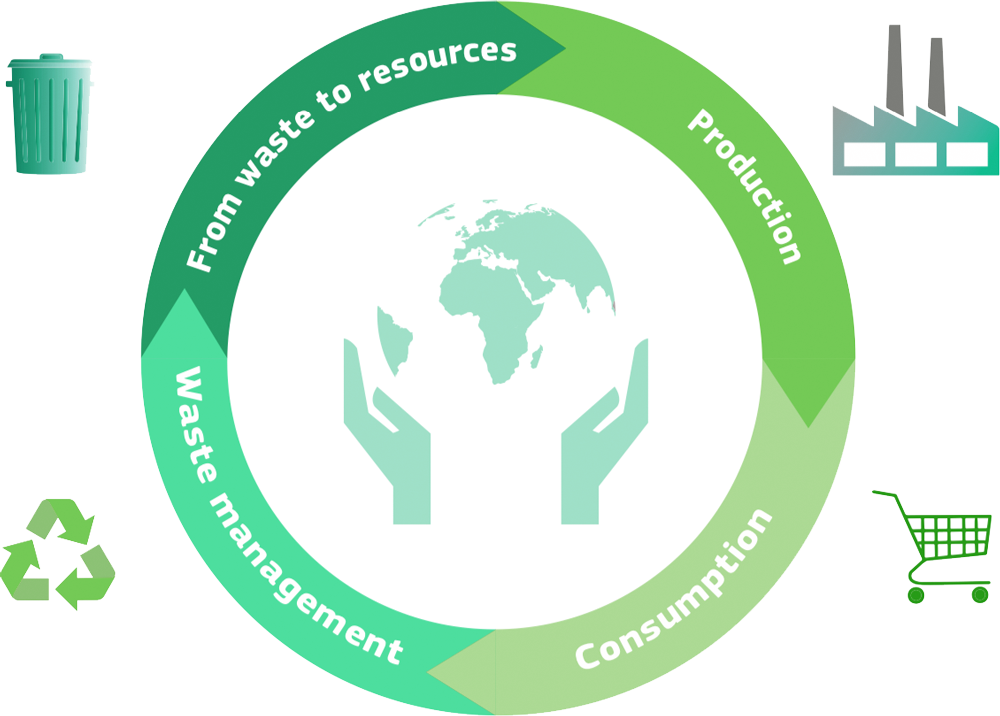In a circular economy, resources are kept in use for as long as possible, maximising their lifespan (and therefore their value) before the materials are eventually reused and recycled. Unlike the traditional linear economic model in which raw materials are mined, processed to develop a product and then disposed of, a circular economy has several essential benefits such as reducing waste, preserving resources and driving a more sustainable production process. The short-term consumption associated with the linear model contributes to an unsustainable society where materials are used for one purpose and waste is an inevitability. On the other hand, the cyclical nature of the circular economy allows for longer-term growth and maximisation of value by using resources more efficiently.

In 2019, the European Commission adopted a report on the implementation of the Circular Economy Action Plan, a 54-action package aimed at helping the EU transition to a circular economy. This includes measures such as improved labelling on electrical appliances, encouraging remanufacturing of waste products and economic incentives for innovative product design that enables better recycling opportunities.
Other services such as WRAP are aiming to support organisations in their efforts to improve resource efficiency by providing advice and tools to help businesses make necessary changes.